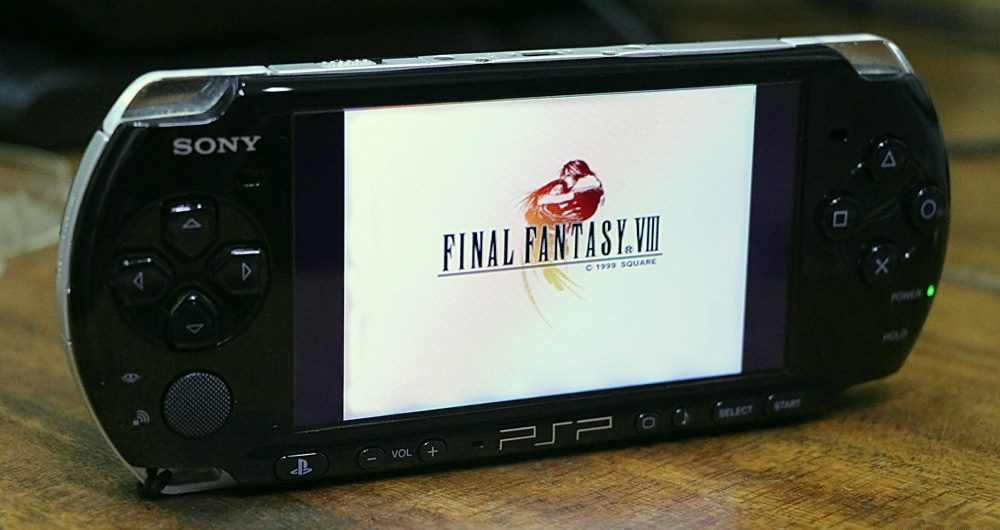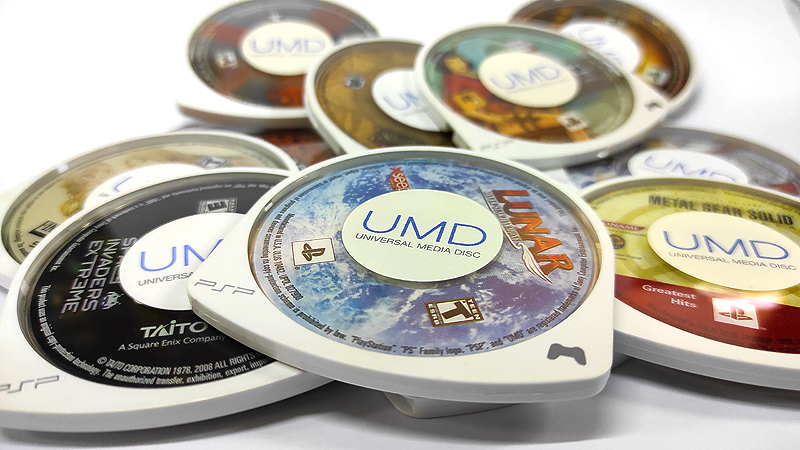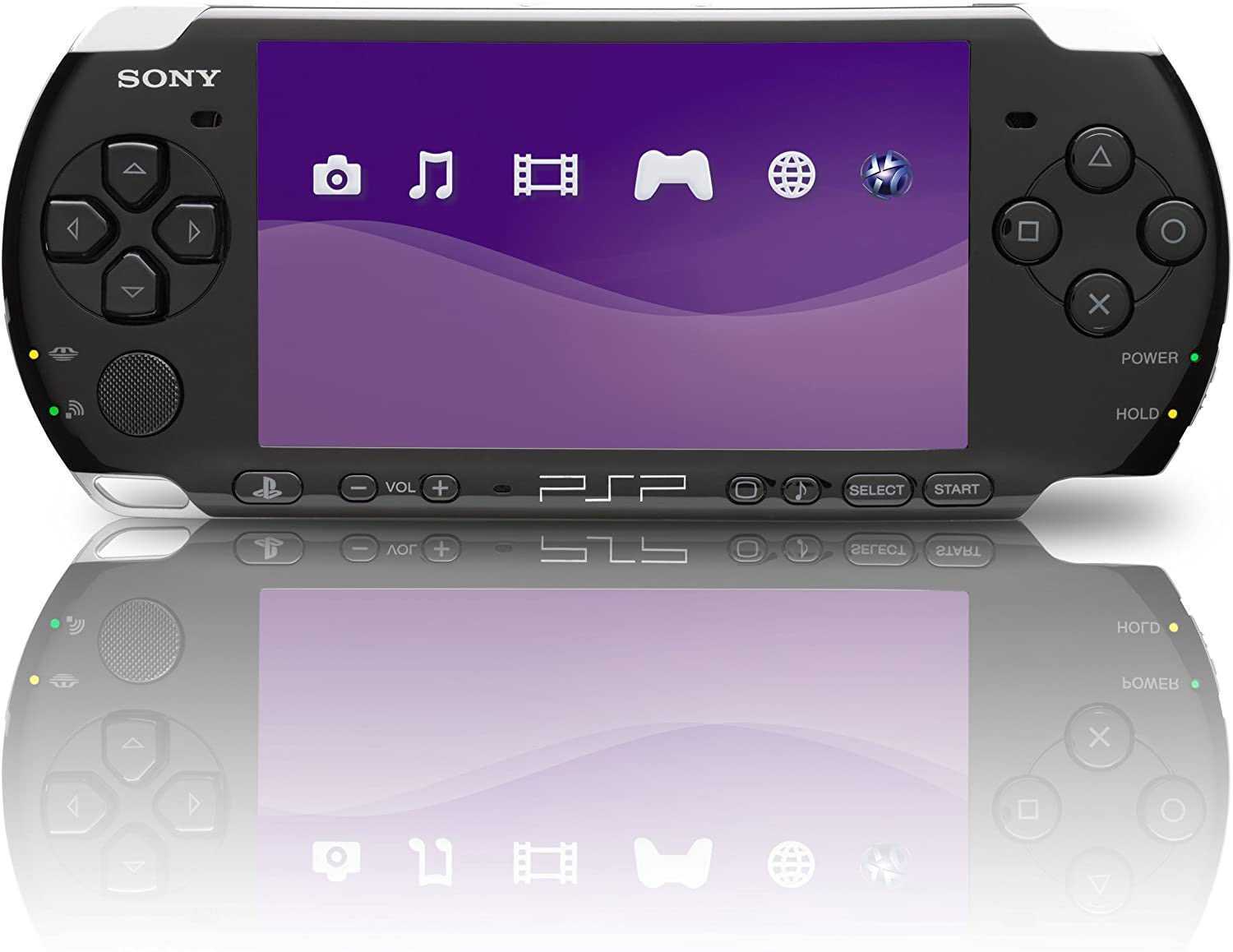Sony PSP 16th anniversary: The handheld console that could
Can you believe it? Sony’s first handheld gaming console turned 16.
The original model of the PlayStation Portable or PSP was released in North America on March 24, 2005, then in other territories soon after.
One of the major claims of the PSP was the ability to play console-quality games on a handheld device. But even with the initial success of the launch titles—such as Ape Escape, Metal Gear Acid, and Wipeout Pure—the system started to hit its stride as it showed off its capabilities to run a full-fledged GTA game with Grand Theft Auto: Liberty City Stories, which was exclusively released for the handheld console in October 2005 before getting ported to the PlayStation 2 a year later.
The PSP might be a forgotten period in the industry nowadays considering the rollout of the PlayStation 5 (if you edge out those pesky bots during pre-orders) along with that new video game generation smell right out of the box; but it’s interesting to note the myriad of features that the little gaming console had to offer that are still present in Sony’s succeeding home consoles.
What made it great?
During the 2000s and towards the mid-aughts, the handheld gaming market had been dominated by Sony’s fellow Japanese video game company rival, Nintendo, with their game-changing Nintendo DS, building on their success with the Game Boy back in the ‘90s.
What made Sony remarkable is how it had successfully penetrated the handheld gaming shares; at a time when it was carried by the household name of the Nintendo brand and its cavalcade of timeless characters and exclusive franchises.
It was a system that truly catered to every kind of gamer out there.
Being one of the first truly multimedia consoles, the PSP allowed players to store their favorite videos, images, and music on top of their games by adding a memory stick slot in the PSP. In an era without smartphones, the next best thing of consuming video content and music without the luxury of the internet is through Sony’s machine. All of which can be viewed on its organic light-emitting diode (OLED) screen. This is, of course, complemented by the XrossMediaBar (XMB), or the user interface developed by Sony—something that is still seen in the menus of home consoles since the PS3.
If there’s one thing that made the PSP stand out, besides the games themselves, it would be the quality of the display. For years, consumers were acquainted with the backlit displays of handheld gaming consoles along with the charming child-friendly games on most systems. The PSP made it clear it was something entirely different with its sleek black finish, widescreen display, the potential it held then was boundless.
And now, the games! The catalog that the PSP boasted ranges from the number of PS1 classics that were available through digital purchases in the PlayStation Network store and the AAA quality of games that were on it such as God of War: Chain of Olympus and Metal Gear Solid: Peace Walker towards the latter end of that game generation.
The third-party support for the PSP was also huge. Between annual sports titles, it also received localization and port of Japanese Role-Playing Games (JRPGs) with the likes of Persona 3 Portable (P3P) and Crisis Core: Final Fantasy VII leading the pack. Throughout its lifespan, there were more than 1,300 games released for the system.

It was a system that truly catered to every kind of gamer out there.
The PSP also ushered in a different view of handheld consoles beyond the novelty of simply a gaming machine. As mentioned, the multimedia features indicated a possibility that would ultimately become a staple in modern smartphones.
Connectivity alone allowed multiplayer capacities through a wireless ad-hoc connection, which can also enable Gameshare mode if the game supports it. Through the mode, it supported one owner of a PSP to wirelessly share the content of the game to another unit and allow both to play multiplayer games.
Competitive doesn’t even begin to describe all those ad-hoc sessions playing Naruto Ultimate Ninja Heroes against friends. You’ve got to be praying all through the match not to get hit by those cinematic supers.
Right towards the end, even with the gargantuan task of going against the Nintendo DS, the PSP still holds the 10th spot on the best-selling gaming consoles of all time with over 80 million units sold according to Guinness World Records in 2018. It rallied in sales as it released upgraded models of the system addressing the overall system size, processing power, and battery life with the PSP model 1000, 2000, and 3000.
Piracy and underutilized features
In every modern media produced after the invention of the internet, piracy or acquiring copies of the medium without a single cent going to the creators have affected industries all over, and the PSP wasn’t spared from this. Eventually, hackers found a way to circumvent the system of the PSP to allow games to be downloaded illegally and transferred to the memory stick on board ready to play.
For better or worse, this has turned off collaboration from some projects of top gaming developers like Electronic Arts and Ubisoft. On the other hand, it opened the gates to experiment around the hardware through homebrew communities, which continues to flourish to this day. Undoubtedly, any form of emulation still falls on fair use provided that illegal distribution and sharing doesn’t takes place, among other provisions.

People also weren’t receptive with Sony’s early decision to choose the Universal Media Disc (UMD) format to carry the games and media content on the device. Some developers have expressed difficulty to create games on it. Gamers likewise reported the loudness of UMDs when inside the system, and the considerably slower load times when playing a physical copy of any game.
PSP in 2021 and beyond
It’s only natural for the day that we have to say goodbye to the PSP and let it walk into the sunset along with all the Universal Media Discs and that protective glass shell that you never removed after purchasing the unit. Such is the case with these systems, as technology catches up, a newer model renders its obsolete.
Perhaps the grieving process may have already started as Sony reported stopping the shipment of the console in Japan and other parts of the world back in 2014.
In fact, Sony has confirmed it is shutting down the PlayStation Store for the PS3, PSP, and PS Vita this coming July and August 2021.
In the PSP’s case, it may have taken a back seat against the powerhouse that is Nintendo’s handheld line. However, if you’re part of the 80 million who have enjoyed the PSP for what it is—a milestone in the video game industry, you’ve held a system that was truly ahead of its time. A device that had the idea of putting media in one place within a game console; it was also the first Sony system to explore the possibilities of remote play.

There are so many great games to play on the PSP. And the good news is you can find pretty affordable deals on the system whether brand new or pre-loved to play thousands of games in its library.
Ultimately, the PSP and its successor the PS Vita were both great systems that challenged the history-defining run of the Nintendo DS—and the bitter end of pure handheld devices with the influx of modern smartphones.
Nevertheless, the PSP delivered and it will always be remembered as the console that brought memories of playing console quality games, mouthing “pata, pata, pon!” as you marched the troops to victory in the Patapon series.
(Images copyright to their respective owners)



